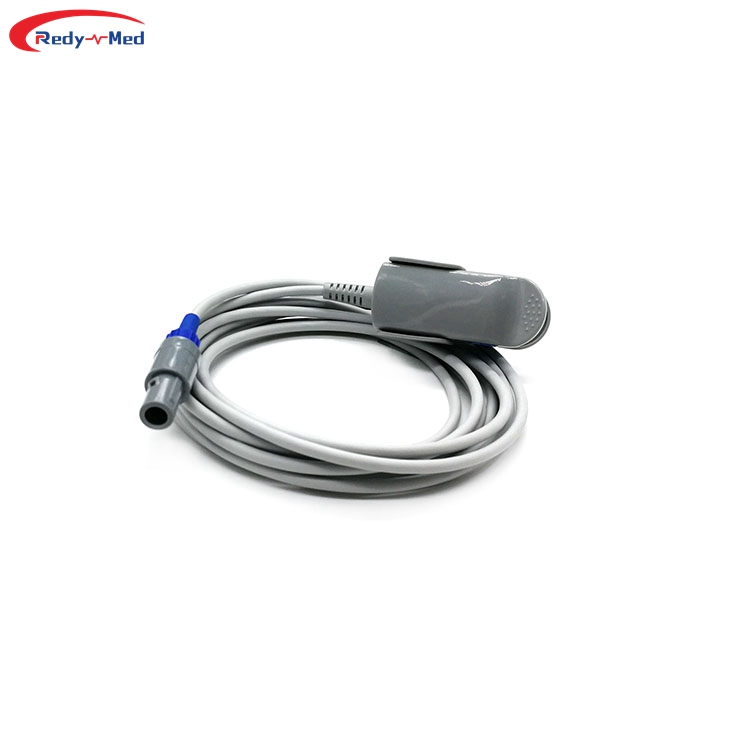
Personalized adjustment and optimization scheme of blood oxygen saturation sensor in oxygen therapy
2024-03-21 00:04:44
The Importance of Personalized Adjustment and Optimization Scheme for Blood Oxygen Saturation Sensor in Oxygen Therapy

Introduction

In oxygen therapy, the accurate measurement of blood oxygen saturation is crucial for assessing the effectiveness of the treatment. Blood oxygen saturation sensors play a vital role in providing real-time data to healthcare professionals. However, due to individual variations, personalized adjustment and optimization of these sensors are necessary to ensure accurate readings and efficient therapy. This article delves into the significance of a personalized adjustment and optimization scheme for blood oxygen saturation sensors in oxygen therapy.
Understanding the Need for Personalized Adjustment
Every patient undergoing oxygen therapy has unique physiological characteristics, such as skin pigmentation, peripheral vascular tone, and variations in hemoglobin levels. These factors affect the accuracy of blood oxygen saturation measurements obtained through sensors. A personalized adjustment scheme takes into account these individual differences and fine-tunes the sensor's parameters to provide personalized and precise measurements.
The Optimization Process
The optimization process involves multiple steps to ensure the sensor performs optimally for each patient. First, a baseline calibration is conducted using reference measurement methods to establish accuracy. Then, the sensor's readings are compared to arterial blood gas measurements to identify any discrepancies. Based on the recorded differences, adjustments are made to the sensor's algorithms and signal processing parameters. This iterative process continues until a consistent correlation is achieved between the sensor's measurements and arterial blood gas measurements.
Benefits and Challenges
The benefits of a personalized adjustment and optimization scheme are manifold. It allows for accurate monitoring of blood oxygen saturation levels, enabling healthcare professionals to assess treatment efficacy and adjust therapy accordingly. This personalized approach leads to more efficient oxygen therapy, reduces the risk of complications, and improves patient outcomes.
However, implementing a personalized adjustment and optimization scheme also presents challenges. It requires specialized knowledge and expertise to calibrate and fine-tune the sensors for each patient. Additionally, factors such as patient movement or poor sensor placement may affect the accuracy of measurements, emphasizing the need for ongoing monitoring and adjustments.
Conclusion
A personalized adjustment and optimization scheme for blood oxygen saturation sensors in oxygen therapy is essential for ensuring accurate and reliable measurements. It takes into account individual variations and optimizes sensor parameters to provide personalized data. By implementing such a scheme, healthcare professionals can improve the efficacy of oxygen therapy and enhance patient outcomes. Further research and technological advancements in this field will continue to refine and enhance the personalized adjustment and optimization process, making it an indispensable component of oxygen therapy.
Get the latest price? We'll respond as soon as possible(within 12 hours)




